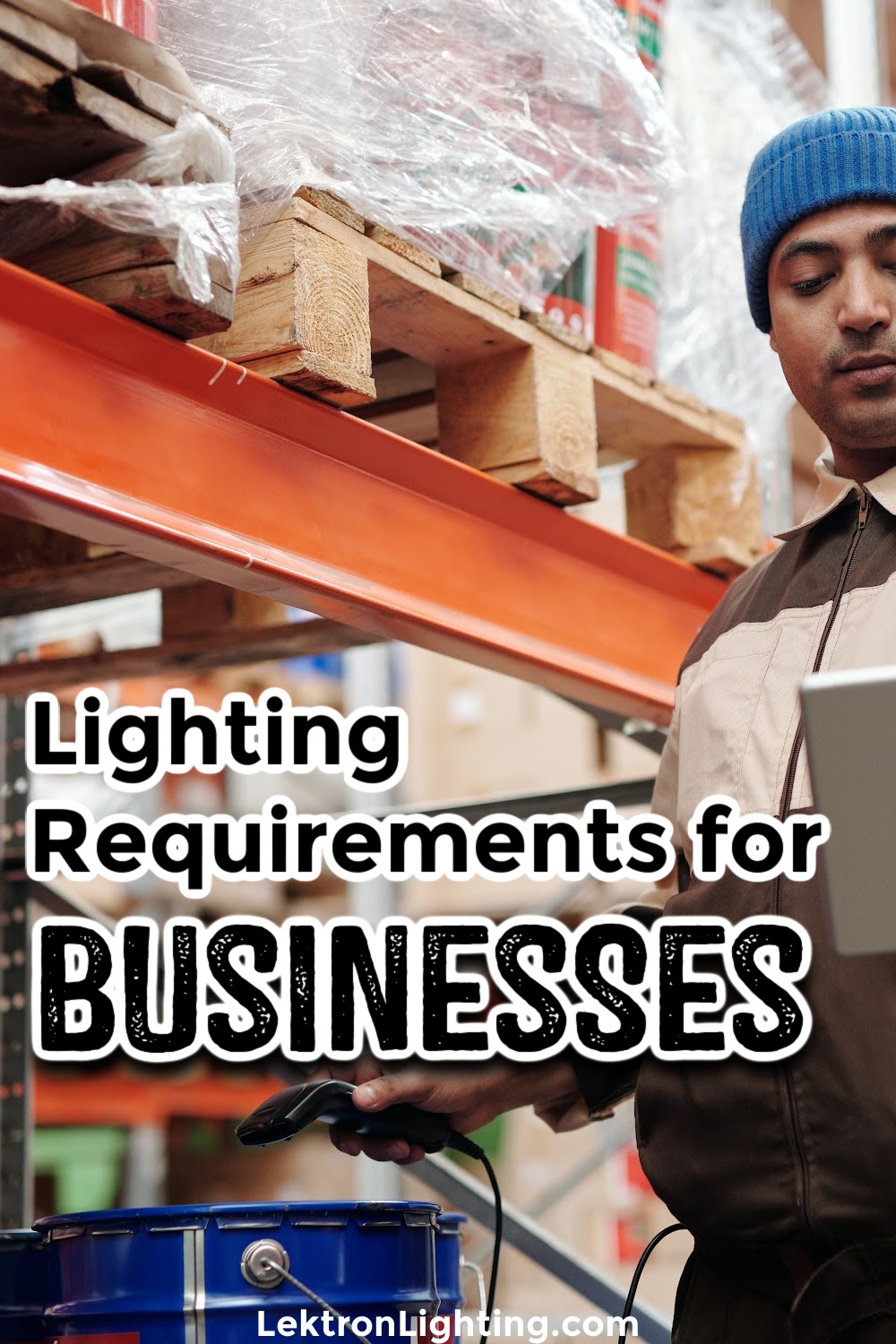Lighting is not just for decor or customer safety. In fact, lighting is so vital that the Occupational Health and Safety Administration or OSHA has created a standard that all businesses must follow. But what are lighting requirements for commercial business?
What Are Lighting Requirements for Commercial Business?
All businesses must know the lighting requirements for commercial businesses as set by OSHA and adhere to them. The first things business owners should know is that light is measured differently by OSHA. There are no lumens or watts. Instead, it is a “Foot Candle” that measures lighting.
The idea is simple, create a form of measurement that is simple, and nothing is more simple than the light of a candle. Lux level is another term that measures the intensity of light in comparison to the light of one candle on a one-meter surface area from one meter away.
These are the two most important terms to know when discussing the lighting requirements for commercial businesses.
Office Space Lighting Requirements
The office space itself helps OSHA define the lighting requirements. For example, how many computer screens will be added to the light in the room? Windows and sun direction play roles as well. The goal is to create a safe environment where employees can easily see their way around but not strain their eyes looking at a screen.
The requirements and recommendations for office lighting include using diffuse lights parallel to the line of sight for workstations, supplemental lighting at workstations, blinds on exterior windows, matte finishes on walls, ceilings to soften reflection and more. All electricians should know these guidelines.
General Lighting Requirements
Every environment is different from business to business. However, OSHA does have a set of minimum lighting requirements for commercial business. Those minimums are an excellent place to start for most businesses interested in remodeling their business space.
Each minimum measures the amount of light needed in foot candles. For example, general construction requirements must have 5 ft-c. That means there must be a minimum of light of 5 candles per foot. Factories or plants and shops must have 10 ft-c, hospitals and infirmaries must have 30 ft-c, warehouses must have 10 ft-c, exit areas, waste areas, loading platforms, and active storage areas must have 3 ft-c.
These are good ways to measure the amount of light needed so that your business meets the requirements without going overboard.
Fixture Requirments
Lighting requirements for commercial business also cover fixtures. There are some safety standards that must be followed when picking out those fixtures. All fixtures must have protective plates, be seven feet above work surfaces, have no exposed live parts, and be firmly mounted.
These things help ensure the safety of the employees working around those lighting fixtures. But the requirements also ensure that your business uses lights that are safe for the buildings as well.
Risks of Not Complying
Businesses must comply with the lighting requirements for commercial business. However, not all businesses comply, and there are repercussions. There will be fines and citations for any workplace that doesn’t provide a safe working environment for employees; that includes lighting.
In fact, the violations could result in $13,653 fines per violation. After being cited, failure to fix an issue results in $13,653 per day, and repeat violations result in $136,532 per violation. Employees will also have the ability to sue under liability laws, the cost of inspections will increase, and sanctions can be placed.
Ultimately, it is crucial to follow the requirements from the start or gamble having to close your business due to fines.




